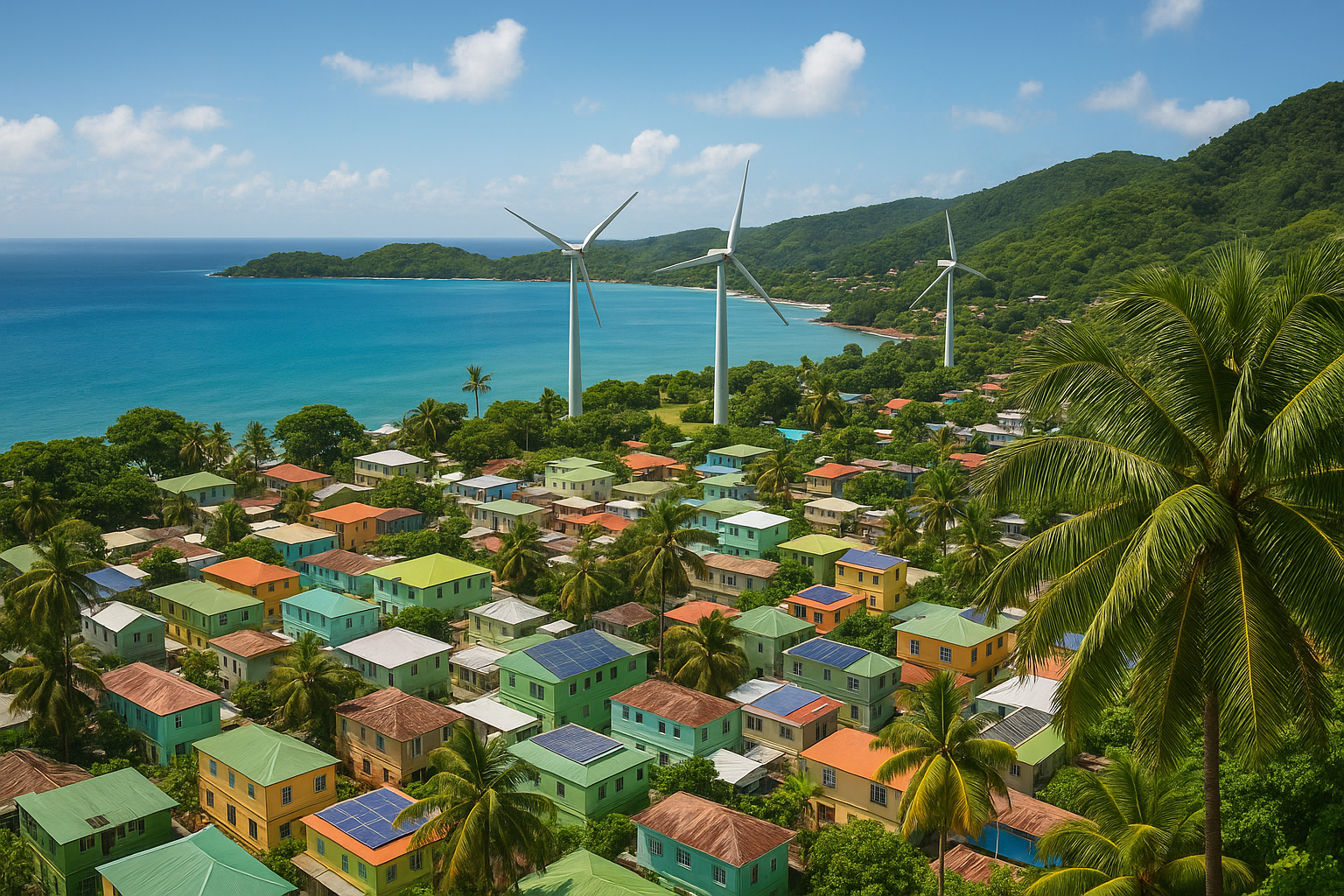IFC, CARICOM Partner to Launch Green Finance Taxonomy for Caribbean Resilience
According to the IFC, Caribbean Small Island Developing States (SIDS) face a climate finance gap of nearly $55 billion by 2030.

- Country:
- Barbados
The English-speaking Caribbean is taking a bold step toward a greener and more resilient future. In a landmark partnership announced today, the CARICOM Committee of Central Bank Governors and the International Finance Corporation (IFC), a member of the World Bank Group, will collaborate to develop a unified green finance taxonomy for the region. This effort aims to stimulate sustainable investment, deepen climate finance markets, and bolster economic resilience against climate-induced shocks.
Catalyzing Climate-Smart Investment
At the heart of this initiative is the development of a regional green finance taxonomy—essentially a common framework that will clearly define and categorize green economic activities and assets. This framework will serve as the foundation for scaling climate finance in the Caribbean, enabling financial institutions, investors, and policymakers to identify, assess, and support green projects with confidence.
“This partnership with IFC represents a pivotal moment for the Caribbean’s financial resilience and climate adaptation efforts,” said Dr. Kevin Greenidge, Governor of the Central Bank of Barbados and Chairman of the CARICOM Committee of Central Bank Governors. “By establishing clear green finance guidelines, we’re creating the infrastructure needed to channel more private capital toward climate-resilient projects—from renewable energy systems to hurricane-resistant infrastructure.”
Bridging a $55 Billion Climate Finance Gap
The need for climate investment in the Caribbean is urgent. Though the region contributes less than 1 percent of global greenhouse gas emissions, it remains among the most climate-vulnerable areas in the world. Rising sea levels, intensifying hurricanes, and persistent droughts threaten infrastructure, livelihoods, and biodiversity-rich ecosystems.
According to the IFC, Caribbean Small Island Developing States (SIDS) face a climate finance gap of nearly $55 billion by 2030. Meeting this challenge will require a dramatic expansion in private sector engagement. “A robust private sector and deeper climate finance markets are essential to supporting the region’s adaptation efforts and unlocking a sustainable future for its people,” said Ronke-Amoni Ogunsulire, IFC’s Regional Manager for the Caribbean.
Laying the Foundation for a Greener Future
The taxonomy project will be led by IFC’s Financial Institutions Group Advisory Services in close coordination with its Country Advisory and Economics teams for Latin America and the Caribbean. It will align with international best practices, including those from the EU and global green bond principles, but will be uniquely tailored to the Caribbean’s economic and environmental context.
Engagement with local stakeholders will be a key component of the initiative. Financial institutions, regulators, supervisory authorities, and climate experts will be consulted to ensure the taxonomy is grounded in regional realities and can be seamlessly integrated into existing financial systems.
Economic Vulnerabilities and the Path Forward
The Caribbean’s economic structure increases its exposure to climate risk. Tourism, which contributes approximately 13.9 percent to the region’s GDP, is highly climate-sensitive. Natural disasters already cost Caribbean economies an average of 3.6 percent of GDP annually. On top of this, recovery costs from frequent extreme weather events have pushed the region’s debt-to-GDP ratio to 77 percent as of end-2023—well above sustainable thresholds.
In this context, strengthening green finance mechanisms is not just strategic—it is vital. A coherent taxonomy will improve access to international climate funds, incentivize environmentally responsible investment, and help reduce dependence on public financing for climate adaptation and disaster recovery.
A Regional Model for Green Finance
Beyond benefiting the Caribbean, this taxonomy could serve as a blueprint for other small island and climate-vulnerable economies around the world. By prioritizing financial clarity, regional coordination, and sustainability, the Caribbean is setting the stage for a transformation that merges climate action with economic advancement.
This initiative marks a meaningful step toward a resilient, low-carbon development pathway for the Caribbean—one where nature, finance, and innovation align to protect lives, preserve ecosystems, and empower future generations.
ALSO READ
IFAD Invests $3.3B in Rural Growth, Climate Resilience, and Job Creation
Collaborative Efforts to Safeguard the Himalayas: Arunachal Pradesh's Vision for Sustainable Development
Private Capital: A Catalyst for Sustainable Development
EU-IFAD Launch €4.26M ‘ResilientRemit’ to Boost Rural Climate Resilience via Migrant Finance
With sustainable development under threat, Sevilla summit rekindles hope and unity










